We’ve all been there – running errands, and suddenly realizing we’ve left a plant in the car. It’s easy to forget, but the reality is, a car can turn into a sauna on a hot day. Leaving plants in the car, especially during hot weather, can have devastating consequences. The temperature inside a parked vehicle can skyrocket to over 120°F (49°C) within minutes, creating an environment that’s not only uncomfortable for us but also dangerous for our plants. This intense heat can cause significant stress to plants, leading to wilting, dehydration, and in the worst-case scenario, death.
Why Do Cars Get So Hot?
Cars heat up quickly in direct sunlight because they act like greenhouses. When sunlight passes through the windows, it heats up the car’s interior, and the heat gets trapped inside. Think of it like leaving a cookie in the oven – the longer it’s in, the hotter it gets. Even on a relatively mild day, temperatures inside the car can soar beyond 100°F (37°C), and on hotter days, it’s common for temperatures to climb past 120°F (49°C). This rapid heating affects anything inside the car, including plants, which are highly sensitive to extreme temperatures.
Just as we feel uncomfortable in such intense heat, plants suffer too. Their ability to cool down is limited, and unlike us, they can’t escape to cooler areas. The longer they remain exposed, the more stress they experience, which can ultimately lead to their decline.
Effects of Heat on Plants
Heat Stress
Heat stress happens when a plant is exposed to temperatures that exceed its comfort zone. For most plants, this threshold is around 85°F (29°C). When it gets hotter than that, the plant’s natural processes are disrupted. Much like how we get tired and sluggish in extreme heat, plants struggle to keep their systems functioning properly.
Here’s what heat stress can do to plants:
- Wilting: One of the first signs of heat stress is wilting. When plants lose water faster than they can take it in, their leaves start to droop. It’s a plant’s way of saying, “I’m thirsty!”
- Leaf Scorch: As the heat continues, the edges and tips of the leaves may turn brown and crispy, a condition known as leaf scorch. This happens because the plant is losing moisture too quickly and can’t replace it fast enough.
- Stunted Growth: Extreme heat can slow down a plant’s growth. You might notice fewer new leaves or flowers, or in some cases, the plant may drop its leaves altogether in an effort to conserve water.
Water Loss in Extreme Heat
In hot conditions, plants lose water rapidly through a process called transpiration, where water evaporates from the leaves. While this is a natural and healthy process, extreme heat accelerates it. In a parked car, where the temperature can rise sharply, plants can lose water faster than they can absorb it. If the roots aren’t able to replenish this water quickly enough, the plant begins to suffer from dehydration.
Once dehydration sets in, it can be difficult for the plant to recover. If the water loss continues unchecked, the damage can become permanent, affecting the plant’s ability to function and grow.
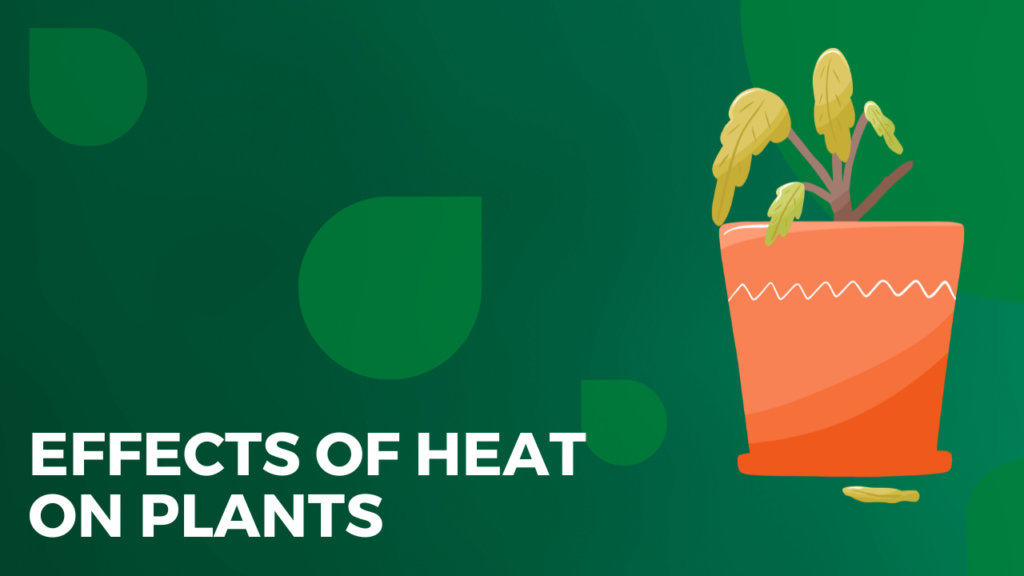
Can Heat Kill Plants?
Yes, heat can absolutely kill plants. Prolonged exposure to extreme temperatures, especially in an enclosed space like a car, can be fatal. If the roots dry out completely, it may be game over for the plant. While some plants are more resilient to heat, others are highly susceptible to these harsh conditions. Delicate species like ferns or flowering plants often suffer the most, as they rely on consistent moisture and cooler environments. Once the roots are compromised, the damage is usually irreversible.
How to Protect Plants from Heat in Cars
Avoid Direct Sunlight
One of the simplest ways to protect your plants is to avoid parking in direct sunlight. If possible, park in the shade or a garage to minimize heat buildup. Cracking the windows slightly can also help improve airflow and keep the temperature from rising too quickly. While this won’t eliminate the heat entirely, it can make a noticeable difference in keeping the inside of the car cooler.
Monitor Temperature Inside the Car
It’s always a good idea to keep an eye on the temperature inside your car if you’re transporting plants. A small thermometer can help you gauge how hot it’s getting. If you notice the temperature climbing too high, consider moving the plants or finding an alternative place to store them.
Proper Watering Techniques
Before leaving your plants in the car, make sure they’re well-hydrated. Giving them a good drink of water can help them withstand the heat for a short time. However, avoid overwatering, as that can lead to other problems like root rot, especially in a hot, enclosed space. The key is to strike a balance – you want the soil to be moist, not soggy.
Choose Heat-Resilient Plants
Some plants are better equipped to handle heat than others. Succulents, for instance, are great for hot conditions because they can store water in their leaves, making them more drought-tolerant. Cacti and other desert plants are also naturally adapted to handle high temperatures. If you frequently transport plants in your car, consider choosing varieties that are more resilient to heat and less likely to suffer in high temperatures.
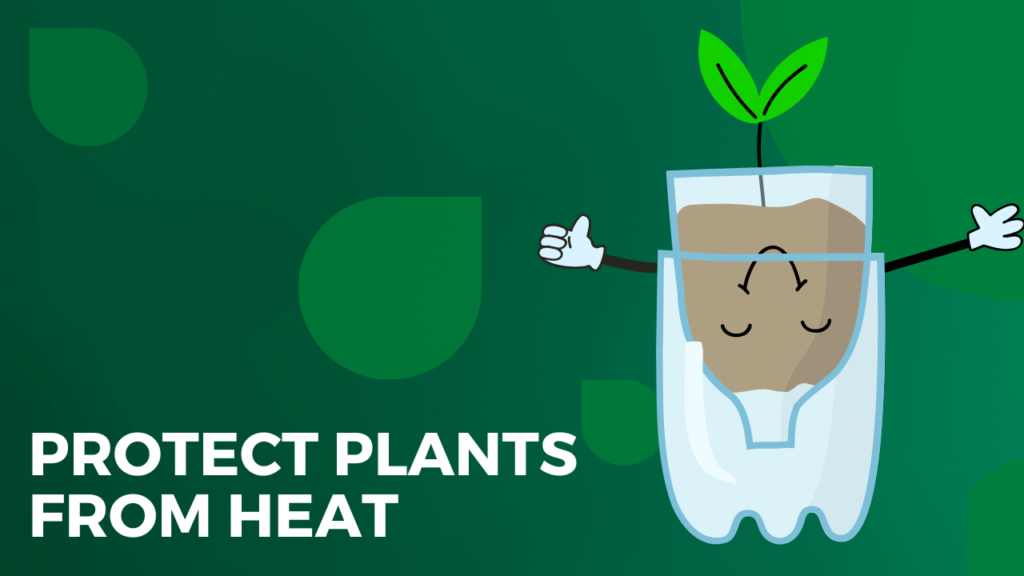
How to Help Plants Recover from Heat Damage
Even if your plants have suffered from heat exposure in a car, all hope is not lost. With the right care, many plants can recover from the stress. The key is to act quickly and follow a few essential steps to nurse them back to health.
Immediate Watering
The first thing I always do when I realize a plant has been exposed to too much heat is give it a thorough watering. Plants that have been stressed by heat are usually severely dehydrated, and rehydrating them is crucial for recovery. However, it’s important to ensure proper drainage. If water sits in the pot without draining, the roots can rot, which could make things worse.
Here’s what I’ve learned works best: water the plant until the excess water starts dripping out of the bottom of the pot. This ensures that the roots are getting soaked without sitting in stagnant water. If the plant has been really stressed, I like to check on it after a few hours and water again if the soil is already dry.
Pruning Damaged Leaves
Next, I focus on pruning. When plants suffer from heat damage, their leaves often become scorched, wilted, or brown. Severely damaged leaves aren’t going to recover, so it’s better to trim them off. This allows the plant to redirect its energy toward new growth rather than trying to maintain leaves that are already too far gone.
I carefully remove the most affected leaves, but I try to leave any parts of the plant that still look green and alive. The healthier portions will help the plant bounce back more quickly.

Provide the Right Conditions for Recovery
Once you’ve watered and pruned your plant, the next step is creating the ideal recovery environment. After heat exposure, plants need a cooler, more stable climate to recuperate. I like to move my plants to a spot with indirect sunlight—somewhere bright but not too intense. Direct sunlight can further stress an already fragile plant, so giving it a break from harsh rays is essential.
Along with cooler conditions, consistent watering practices are key. I make sure to keep the soil moist, but not waterlogged, for the first few days of recovery. A regular watering routine helps plants regain their strength without being overwhelmed. I’ve found that patience is crucial here—plants can take a bit of time to bounce back, but with care, they often make a full recovery.
FAQs Section About Plants Die
How long can plants survive in a hot car?
The survival time for plants in a hot car depends largely on the temperature. On a typical summer day, the inside of a car can reach over 120°F (49°C) within minutes. In these extreme conditions, plants can start to suffer irreversible damage in as little as 30 minutes to an hour. If the temperature exceeds 85°F (29°C), most plants will begin to experience heat stress. To keep your plants safe, it’s best to avoid leaving them in a hot car for any amount of time, if possible.
Which plants are more resilient to heat in cars?
Some plants are better equipped to handle the heat than others. If you need to transport plants frequently or leave them in the car, hardy species like succulents and cacti are a good choice. These plants store water in their leaves and stems, making them more resistant to heat and dehydration. Other resilient plants include snake plants, jade plants, and aloe vera, which are adapted to survive in warmer climates and require less water than more delicate species.
Can misting plants help prevent heat stress in a car?
Misting plants can provide temporary relief from heat stress, as it helps to cool the leaves and increase humidity around the plant. However, it’s not a foolproof solution. While misting may help for short periods, it won’t prevent heat damage if the temperature inside the car continues to rise. If you’re misting your plants before leaving them in the car, make sure the environment isn’t sealed tightly—keeping windows slightly open for ventilation is key to preventing overheating.
What should I do if my plant shows signs of heat damage after being left in a car?
If your plant looks wilted, has scorched leaves, or shows other signs of heat damage after being in a hot car, the first thing you should do is give it a good drink of water. Be sure to water thoroughly and allow proper drainage to avoid root rot. After watering, trim away any leaves that are severely damaged. Then, move your plant to a cooler area with indirect sunlight and maintain a consistent watering routine to help it recover. Patience is important—some plants may take time to fully bounce back.
Is it safe to leave plants in a car with windows open?
Leaving the windows cracked can help a bit by allowing some airflow, but it’s not a guarantee that your plants will be safe from the heat. Even with the windows open, the temperature inside a parked car can still rise rapidly, especially in direct sunlight. If you must leave plants in the car, parking in a shaded area and keeping the windows slightly open is better than nothing—but it’s always best to avoid leaving them in a hot car altogether.
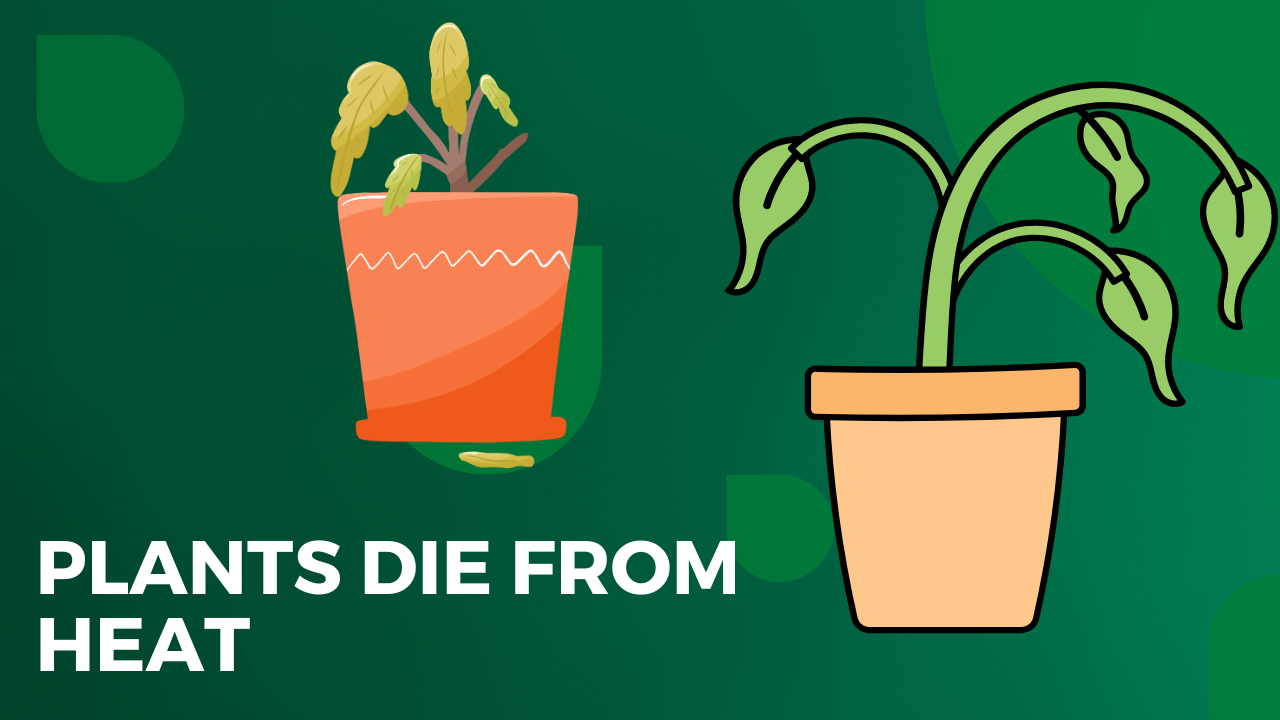









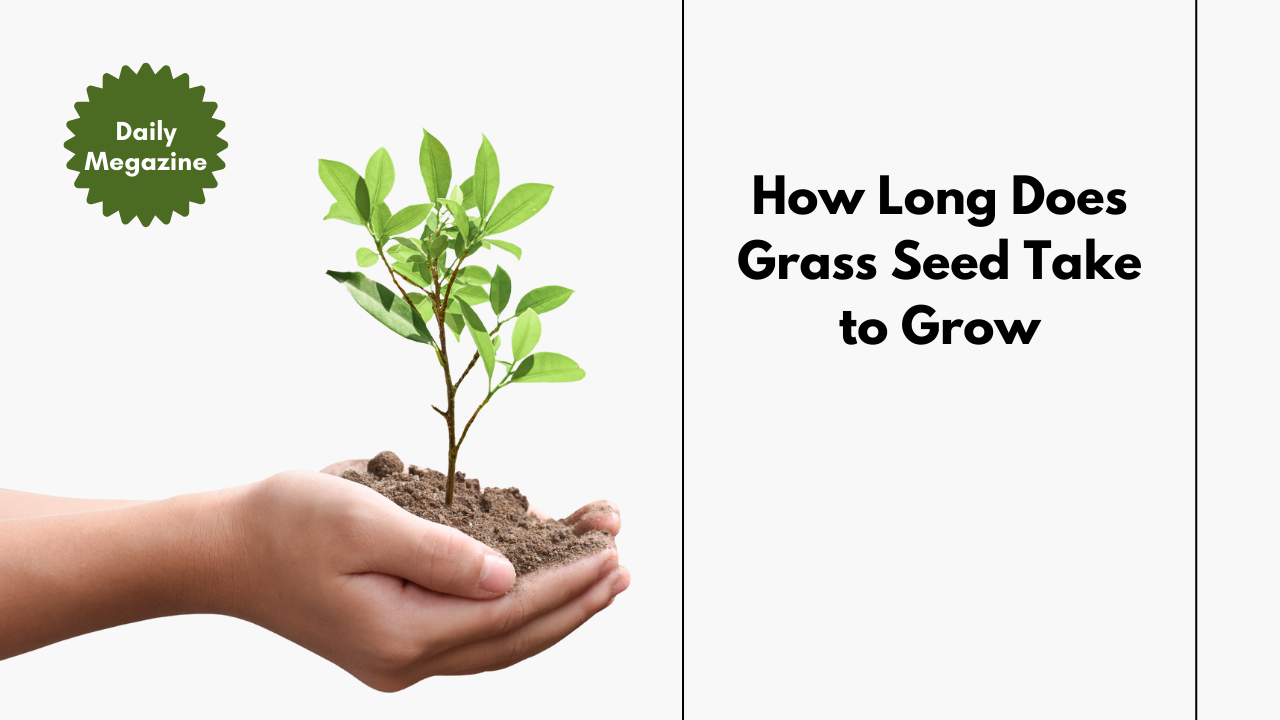
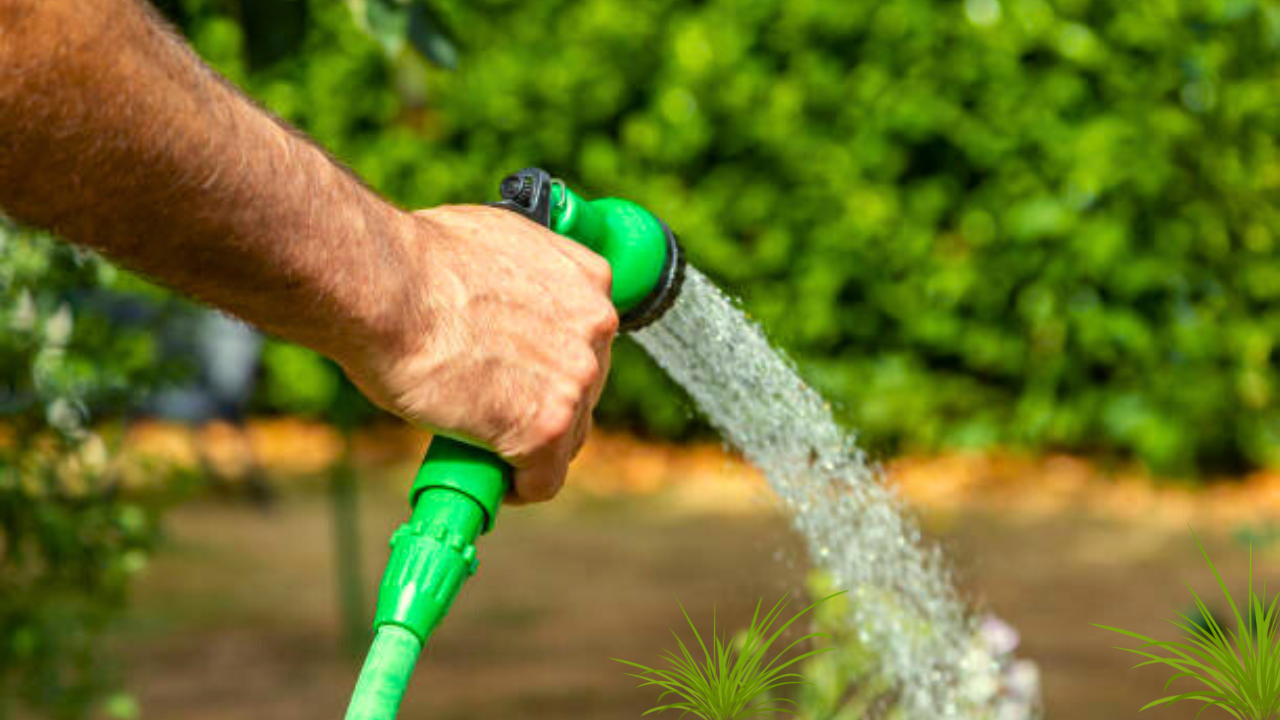

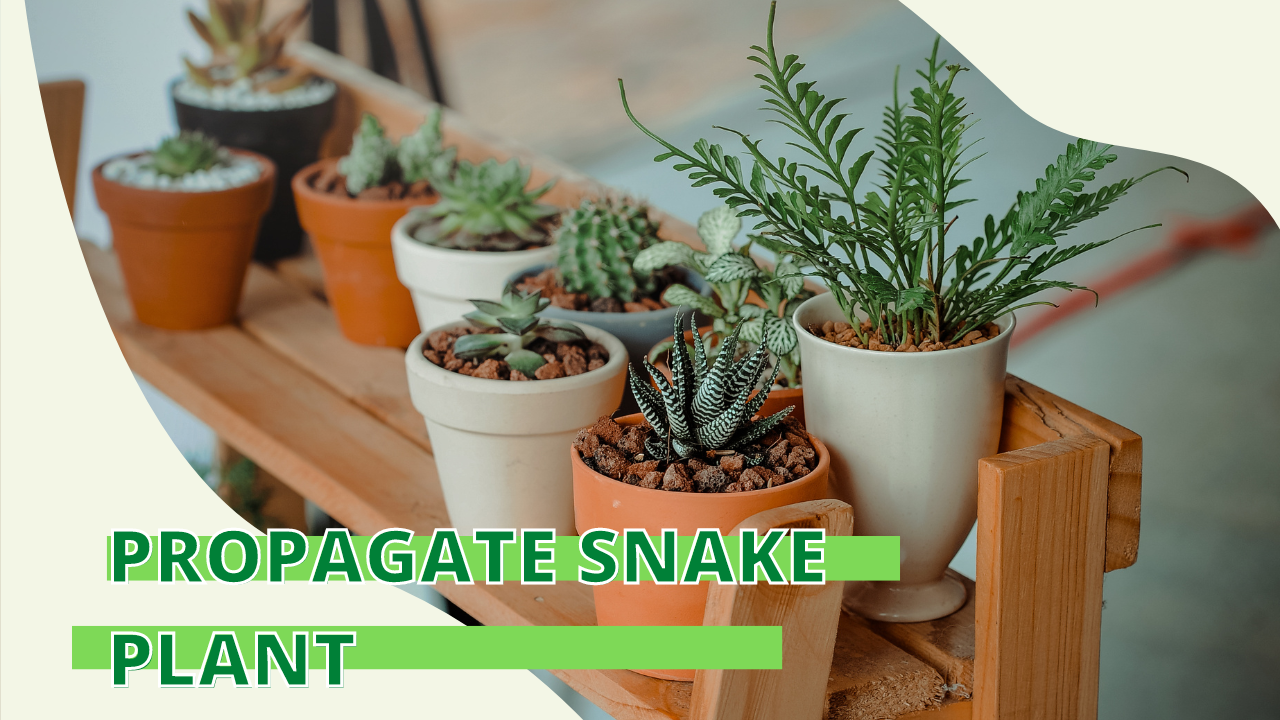

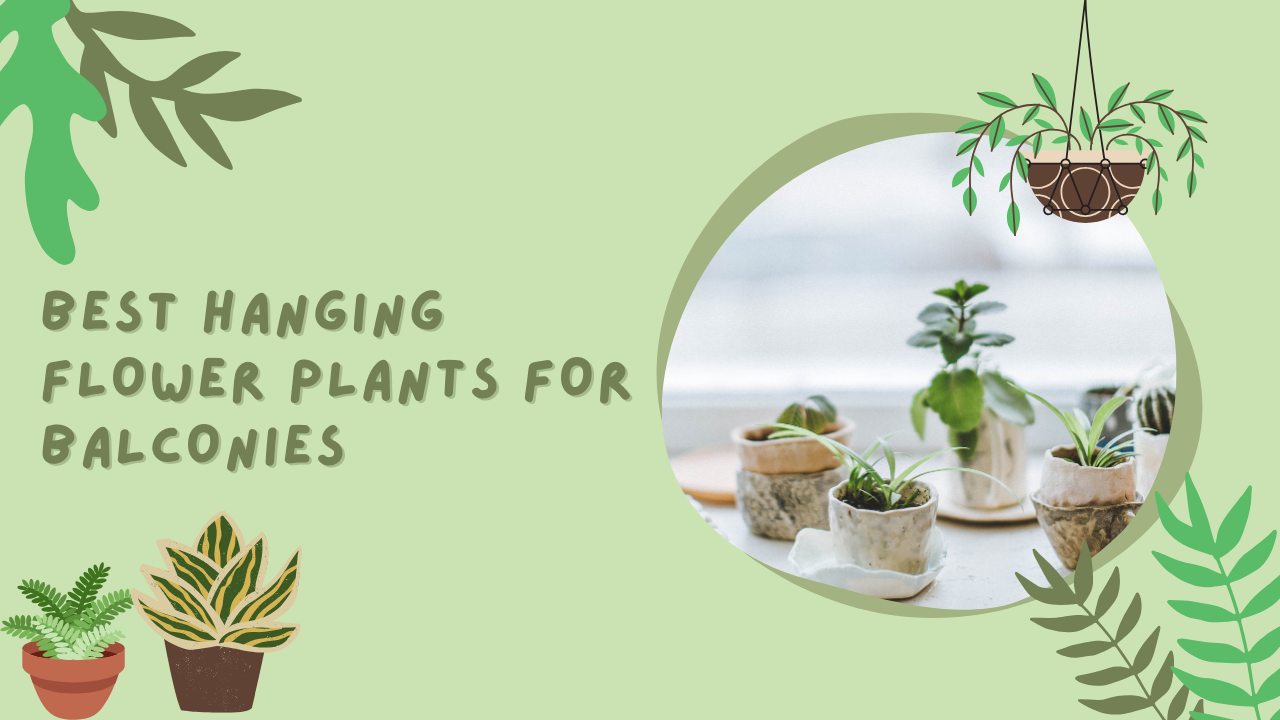

2 thoughts on “Can Plants Die from Heat in the Car?”